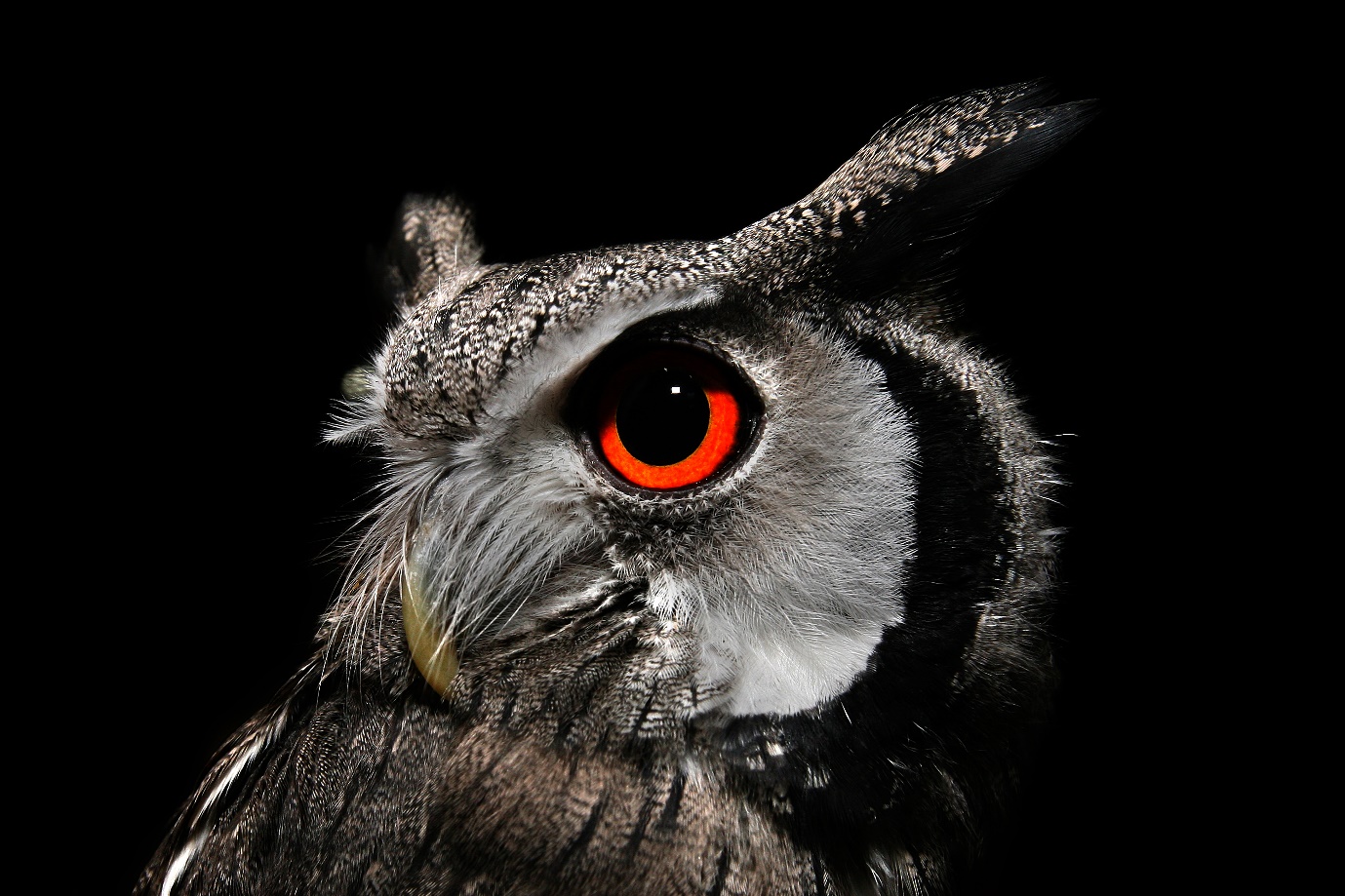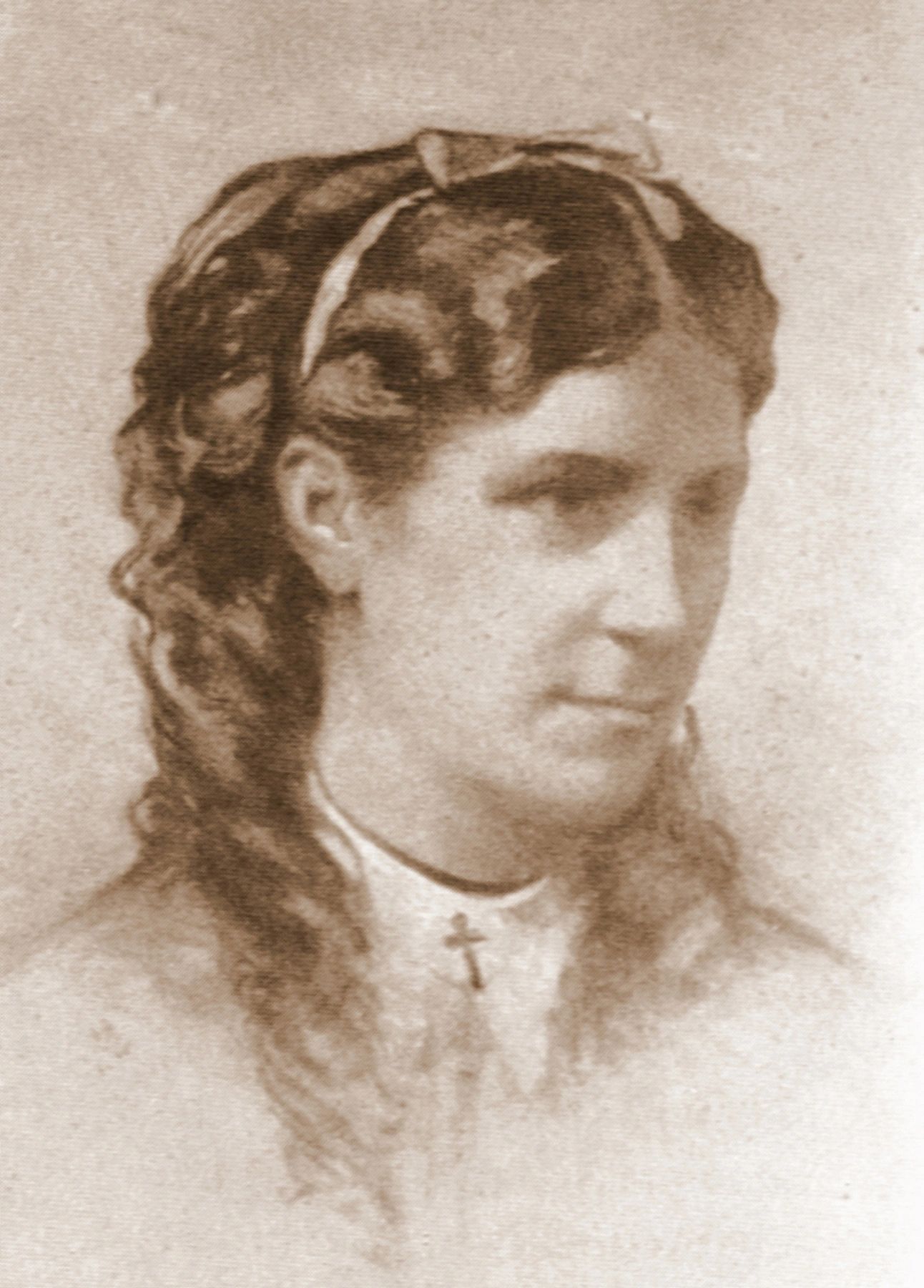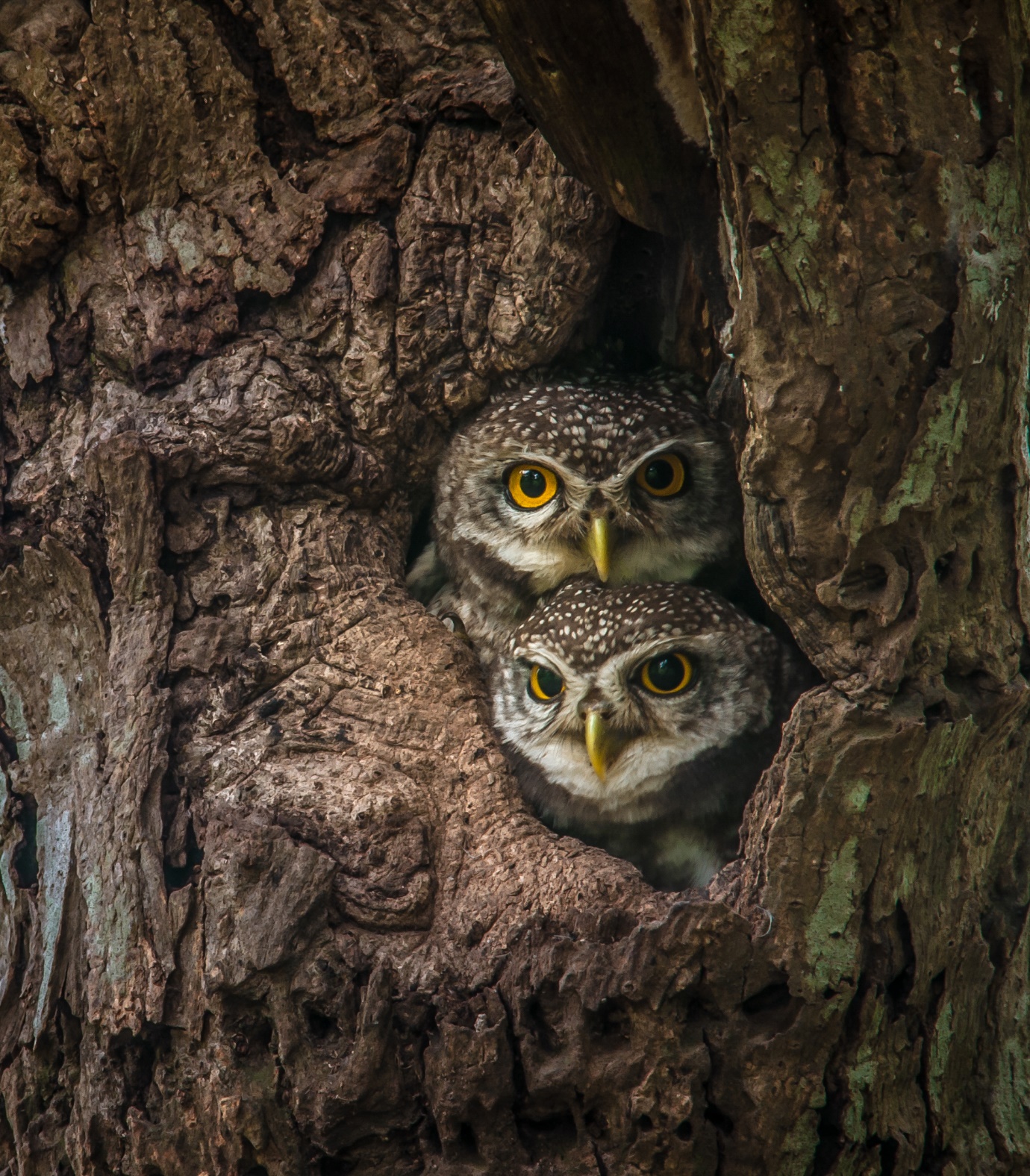May Alcott Nieriker's
My Owl
A Special Research Project for first-year Undergraduate Students
"For there stood the bird quite alive, perched on a withered bough against a cold snowy sky."

The Project
The My Owl Research Project is a set of digital collections of May Alcott Nieriker's short-story of the same name, produced by first-year undergraduate students at Lancaster University. These collections have been submitted for assessment for the first-year undergraduate module in English Literature, which culminates with a research project completed by small groups of student teams.
The purpose of this project is to link research-led teaching to real-world scenarios. Students are provided with a selection of imagined "briefs" that resemble the kind of commission they would work on as literary specialists in the heritage, arts, or creative industries. Over four weeks they collaboratively prepare and produce a document, object, artefact, or performance in response to their chosen brief under the supervision of an instructor in the Department of English Literature and Creative Writing. While this instructor acts as a project manager through providing guidance and resources to support students in fulfilling the requirements of the brief, the projects are developed independently in small groups. At the end of the unit, students present their findings to their peers and produce reflective essays on their achievements and experiences.
The My Owl Research Unit is led by Dr Azelina Flint, a Lecturer in English Literature, who is a specialist in nineteenth-century women's writing, the recovery of forgotten women, and the Alcott family. Having recently brought out the first academic book on May Alcott Nieriker (1840-1879), The Forgotten Alcott (co-edited with Lauren Hehmeyer), Azelina wanted to expose students to Nieriker's literary output, which breaks generic conventions and anticipates the experimentations with chronological sequencing, the mixing of media and the resistance to presenting the author as the text's originating source that characterises much twentieth-century literature.

My Owl is a delightfully whimsical short story about an ex-pat artist's travel adventures with her stuffed owl that playfully resists the tendency to search for a hidden "meaning" beneath the text. Both absurdist and surrealist, it puts forward a series of contradictory scenarios that cannot be deconstructed into a neat analogical or symbolic narrative arc. As a text that challenges prominent cultural stereotypes about women's writing as being either confessional or activist in nature, My Owl is the ideal story to introduce students to the depth and range of nineteenth-century women's writing. We are grateful to the Houghton Library of Harvard University for permitting us to reproduce this text, and to Louisa May Alcott's Orchard House for agreeing to the inclusion of Nieriker's artwork.
By producing a scholarly introduction to the text, students are made aware of Nieriker's understudied achievements as a trailblazing portraitist, travel writer, curator, and abolitionist, as well as the captivating lives of the forgotten American art students with whom she associated as a student in Paris from 1876 to 1879. Preparing an unpublished short story for publication presents students with a fitting opportunity to consider the motivations and agendas of publishers, and the varying conventions, expectations, and preconceptions that contribute to canon formation. As they prepare the text for digitization, students reflect on how a manuscript is framed and presented by an editor, and the inevitable impact this has on reader response. They are given the unique opportunity to shape this response by presenting an unpublished text to the public, thereby reversing the dominant pedagogical paradigm whereby students are versed on the interpretations of critics.

Why May Alcott Nieriker?
Best known as the autobiographical model for Amy March, the spoilt youngest sister in the iconic American young-adult novel, Little Women (1878-1879), Abigail May Alcott Nieriker was Louisa May Alcott's (1832-1888) youngest sister and the daughter of the transcendentalist philosopher, Bronson Alcott (1799-1888) and Abigail May (1800-1877) - a gifted writer whose work has been posthumously published by Eve LaPlante.

Surrounded by the leading lights of nineteenth-century American intellectual life, Abby May (as she was known in childhood) was destined to spend her life distinguishing herself against her more famous associates as she battled to forge her own path as a painter in a town full of writers and philosophers. Although she was more integrated in the Concord community than any of her sisters, her later success largely depended on her ability to extricate herself from its legacy.
For these reasons, May (as she later came to be known) resented the tendency of her sister's fans to associate her with Little Women's Amy. As the historical novelist Elise Hooper argues, very few people would welcome their sibling writing a novel about their shared childhoods, and May was no exception. She felt that Little Women offered a partial account of her early life.
Ironically, May is now remembered as the "real Amy March" where she spent her life trying to escape this association. She has been overshadowed by the achievements of her sister, who outlived her by almost a decade. At the time of her premature death at the age of 39, she had only just started to achieve the same level of critical acclaim as her sister. Her artistic legacy is defined by one remarkable painting: her final portrait, Négresse (1879). It is one of a handful of nineteenth-century portraits of Black women and is remarkable for its acknowledgment of the subjectivity of its sitter. Is this enough to secure Nieriker's continued commemoration and memorialisation as a figure who was much more than the model for Amy March?

From the time of her death, Nieriker's legacy has perplexed scholars, who are undecided as to whether she should be remembered as a member of the Alcott family, a bohemian expatriate, a promising painter, or a boldly experimental writer. Contemporary scholarship in the humanities largely relies upon the demarcation of disciplines. It is rare that we study the careers of Renaissance men, let alone Renaissance women, in their full contexts.
Nieriker's life therefore embodies some of the key questions concerning the recovery of women's art and writing. What merits the study of an unknown female artist? Should she be recovered on account of her artist achievements, her intellectual connections, or her unconventional life? And what merits her inclusion in the canon of art and literature? Does one great painting justify her eulogization, especially when her career has been both forestalled and/or curtailed?
Studying May Alcott Nieriker's life and achievements exposes students to the challenges faced by nineteenth-century female painters and the myriad contributing factors to their relative absence in the artistic pantheon. Her life also encapsulates the problems of associating artists with their representations in literary fiction—reminding us that there are setbacks to regarding literary texts as autobiographical keys that unlock the experiences of the author and their circle. Delving into Nieriker's archives reveals that there is a rich body of life-writing, experimental fiction, travel writing and art criticism by nineteenth-century women that remains untapped. The study of Nieriker therefore facilitates the interrogation of the canon and raises awareness of the achievements of a large number of forgotten women, who remain beyond the sphere of popular discourse.
Student Testimonials
"It was really interesting to situate ourselves in the scholarly debate about recovery and to consider why we should recover the work of an artist such as May. The project allowed us to apply a feminist lens and recover work from a time where women were typically forgotten."
Group 1 (Charlie Abbott, Helen Constantinou, Amy Dixon, Imogen Lauer, Leah Stockall and Joe Tresise)
"The interplay between art and literature in My Owl is representative of Nieriker herself, and it helped us to consider why it's crucial to re-think the areas of history scholars have designated unimportant, especially when it concerns under-represented social groups."
Group 2 (Lydia Aellen, Isobel Dixon, Titas Maksimas, Lili Raynor, Isobel Roberts and Jordyn Smith)
"In completing the editing and publishing of the manuscript, we want to open the eyes of our readers to a style of writing that is unique to Nieriker."
Group 3 (Lottie Bloomfield, Eliza Harwood, Phoebe McDowall and Martina Palumbo)
"This project has taught us about the process of editing for a manuscript; what is important to be included in an introduction and how to approach it in the most effective way."
Group 4 (Lily Bliss, Keisha Chadwick, Amber Fox and Mia Saltmarsh)

